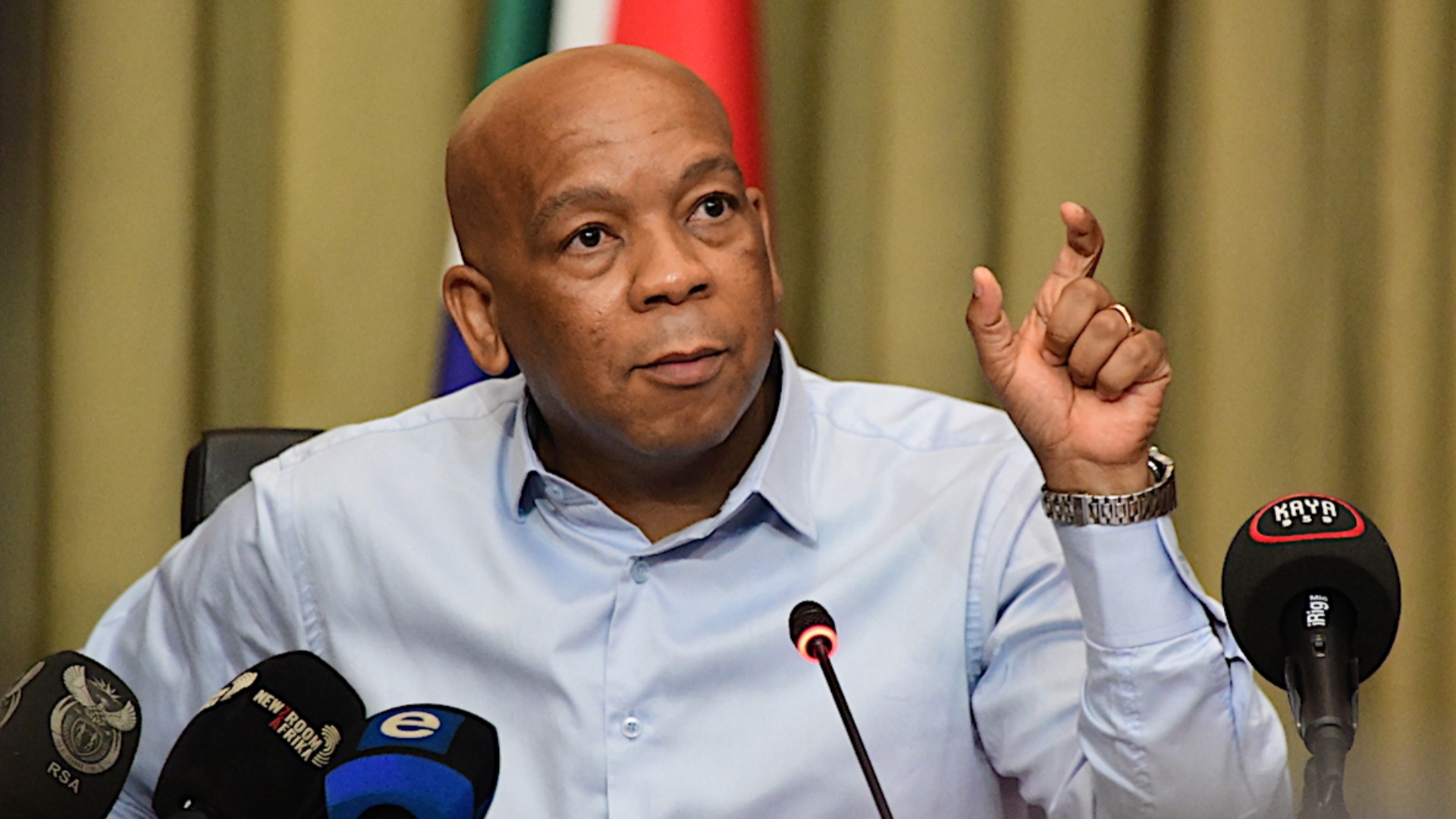- After the longest period without power outages experienced in over a year, Eskom suffered boiler tube leaks at 11 of its generating units, causing loadshedding to return.
- This is according to Electricity Minister Kgosientsho Ramokgopa, who is now touring Eskom power plants across the country, again.
- He said that Eskom expects five of Kusile power station’s generating units to be online by year end.
After eight consecutive days without power outages at the end of October, the longest respite seen since 2022, loadshedding again reared its ugly head at the beginning of November with Eskom initially blaming colder weather on the need to replenish emergency supplies and withstand increased demand from the public.
However, despite the return of rotating blackouts, the South African government expects this recent bout to be short lived. This is according to Electricity Minister Kgosientsho Ramokgopa who was speaking at Arnot Power Station in Mpumalanga on Monday.
The minister is once again on a cross-country tour across all of Eskom’s power stations. Earlier this year Ramokgopa engaged in a similar tour to visit Eskom facilities, meet power plant staff and get first-hand experience of the problems the power utility faces.
“We are on track to reducing significantly the intensity of load shedding,” Ramokgopa said on Monday, explaining what issue Eskom dealt with which led to the recent bout of increased power outages.
“Of course, we had a period of eight days with no load shedding, then we hit a snag where 11 units were out as a result of boiler tube leaks. Those units are coming back,” he added, not elaborating on which units experienced the leaks but it is likely they occurred across different stations taking into account the number of units affected. This is also the first time that this issue with the boiler tubes has been mentioned.
The minister also shared that Eskom expects more generating units to come online within the next two months, further boosting power generation and decreasing the need to implement loadshedding. Of the units that are nearing return, he said that Kusile unit 2 is expected to come online again by the end of November, and unit 5 by the end of December. Kusile unit 2 was initially expected to be brought back in October.
If this comes to pass then, with units 1 and 3 at Kusile also producing power at 800MW per unit, with five units online Kusile would generate around 4 000MW by the end of the year, which is near its full operational capacity of 4 800MW. This would go towards significantly reducing the need for loadshedding if the units remain online.
The minister said that government would not rest on its laurels even if Kusile is brought to near its full power and is actively seeking additional generation capacity, especially from private producers and renewable sources.
“We need additional generation capacity, especially renewable energy sources, because the Eskom fleet alone won’t resolve load shedding and secure energy security. That’s why we are investing a lot of effort and resources to ensure that we find a solution for the financing and rollout of transmission,” said Ramokgopa.
“We need additional generation sources and those principally have to be renewables. But renewables need transmission capacity,” he added. According to the minister, funding this additional capacity will cost around R390 billion.
According to its latest evening peak recorded on Sunday, Eskom generated 26 379MW against a demand of 26 304MW. Loadshedding was at stage 1 and 2 due to the need to replenish emergency reserves. At press time loadshedding was suspended, with it rotating between no loadshedding and stage 2 in the evenings.
[Source – SA News]
[Image – CC BY-ND 2.0 GovernmentZA on Flickr]

